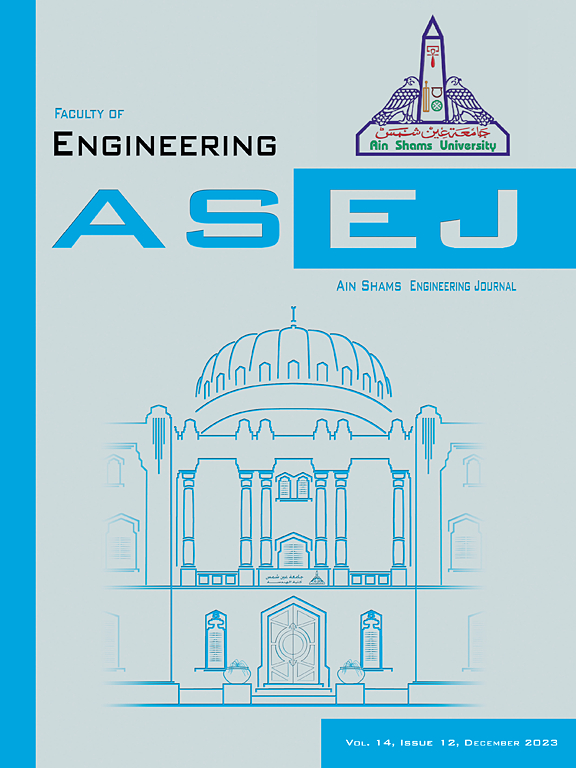Lightweight resilience: Advancing visual-inertial odometry with deep convolutional networks and an intelligent learnable Kalman filter for defense against laser remote attacks
IF 6
2区 工程技术
Q1 ENGINEERING, MULTIDISCIPLINARY
引用次数: 0
Abstract
A combination of multiple positioning sources is often employed to achieve precise and high-rate localization, especially in indoor applications where satellite-based navigation systems are not feasible. This paper presents a super-robust Visual-Inertial Odometry (VIO) system designed to counter laser-induced attacks on camera lenses, a critical vulnerability in visual localization systems. The proposed system integrates lightweight Convolutional Neural Networks (CNNs) to enhance robustness against such attacks. To address power constraints in applications such as battery-powered systems, the solution employs an Intelligent Learnable Kalman Filter (ILKF) for fusing multiple positioning sources, offering a more efficient alternative to Recurrent Neural Networks (RNNs). Simulation results show that the proposed system achieves a 23.09 % improvement in localization accuracy compared to pure INS and a 4.01 % improvement compared to existing robust VIO systems under attack conditions. Additionally, the system reduces the negative impact of laser attacks by 96 %, making it highly suitable for precise indoor navigation in environments where satellite-based systems are unavailable.
求助全文
约1分钟内获得全文
求助全文
来源期刊

Ain Shams Engineering Journal
Engineering-General Engineering
CiteScore
10.80
自引率
13.30%
发文量
441
审稿时长
49 weeks
期刊介绍:
in Shams Engineering Journal is an international journal devoted to publication of peer reviewed original high-quality research papers and review papers in both traditional topics and those of emerging science and technology. Areas of both theoretical and fundamental interest as well as those concerning industrial applications, emerging instrumental techniques and those which have some practical application to an aspect of human endeavor, such as the preservation of the environment, health, waste disposal are welcome. The overall focus is on original and rigorous scientific research results which have generic significance.
Ain Shams Engineering Journal focuses upon aspects of mechanical engineering, electrical engineering, civil engineering, chemical engineering, petroleum engineering, environmental engineering, architectural and urban planning engineering. Papers in which knowledge from other disciplines is integrated with engineering are especially welcome like nanotechnology, material sciences, and computational methods as well as applied basic sciences: engineering mathematics, physics and chemistry.
 求助内容:
求助内容: 应助结果提醒方式:
应助结果提醒方式:


